If you’ve seen a college student equipped with binoculars standing outside your house for extended periods of time, don’t fret; they might be completing a new course offered at Grinnell College in ornithology.
Brought to the College by Professor Peter Meyers, biology, the new ornithology course meets four times a week with lab and practical exercises in birdwatching. While dedicating certain hours per week to birdwatching with the goal of finding 75 different species, the students in the course have found the experience unique and informative.
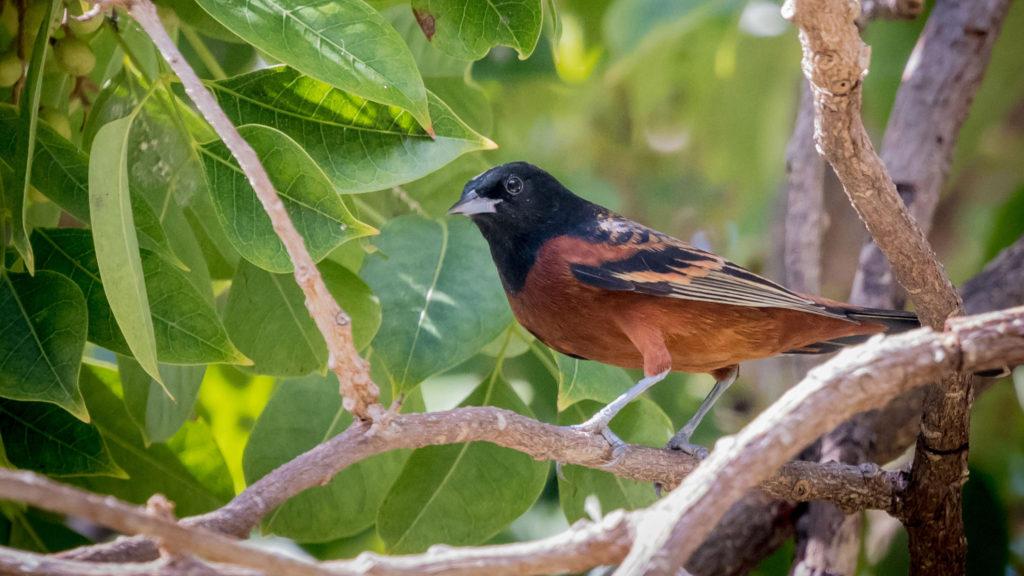
“The biggest thing to me is just to continue to learn and develop a new skill and just to do a new fun activity,” said Mitch Sevier `21, who is currently living in Kansas City, Missouri and taking the class. “Learning about birds I have not really thought about, it has kind of opened my eyes to how awesome they are.”
To compensate for a college experience in which online learning and its associated stresses have reached an all-time high, Meyers was motivated to create a biology seminar that varied from the usual course offerings. In fact, he was inspired by a class he took while an undergrad.
“Hopefully,” said Meyers, “students will come away with a new appreciation of birds and even come away with a new hobby which can continue on throughout their whole lives.”
Meyers said that he is hopeful that students will become advocates for birds and that future in-person course offerings will feature group outings and hands-on lab experiences. For now, Meyers recommends that students interested in trying birdwatching take advantage of the apps made by Cornell Labs that are utilized in the course, eBird and Merlin-ID.
With students across the globe, those in the Midwest are hopeful to spot a broad range of bird species despite the weather being uncooperative. Many of the students have had to fight the bitter cold settling into the United States.
“Although cold weather has been the biggest challenge … I have had the most success when I go out to the local nature sanctuary,” Sevier said. “Just because that is just enough to not be effected by the suburban infrastructure. I typically see more birds than what I would see around my house.”
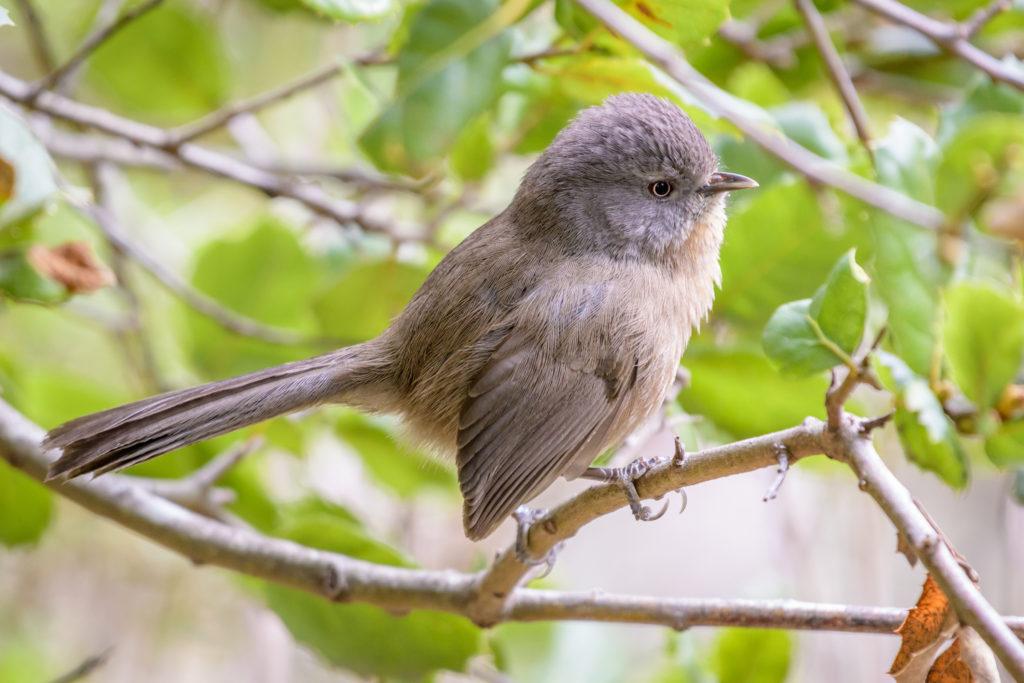
Sevier is hopeful to see a goldfinch. However, he said he is not looking for any bird in particular and is simply happy to pick up a new hobby and develop his skills.
About five of the 14 students enrolled in the course are currently living in Grinnell where the nearest important bird area, according to Iowa Audubon, is located at Tama County’s Iowa River Corridor Bird Conservation Area. However, Arbor Lake and Rock Creek Park have become favorites among the students in Grinnell due to their proximity to campus.
“There is a guy at Rock Creek that puts out feed in his yard,” said Rachel Snodgrass `21. According to Snodgrass, he asks students to Venmo him for the feed, and there are usually quite a few animals lingering.
Snodgrass’ biggest achievement thus far is spotting a hawk, although she hopes to spot a duck or to hunt down an owl. “I really want to see an owl. I heard one last fall from my room, but I have not heard it since then.”
“The good thing about birds is that everyone loves them,” said Meyers. “We have such a connection with them in our culture and various cultures around the world.”
Snodgrass studied abroad last spring in Costa Rica and had the opportunity to bird watch for the first time while there.
During one of her outings, a stray dog led Snodgrass and her friend to five species of birds they were looking for, one of which was a quetzal. According to Snodgrass, in many Central American cultures, the red-bodied, long teal-tailed bird signifies a good omen.
Inspired by her experience in Costa Rica, she became interested in learning more and decided to depart from her usually plant-focused biology courses at Grinnell to one centered around the study of birds.
Her one complaint? “Most birds here are rather brown,” admitted Snodgrass.
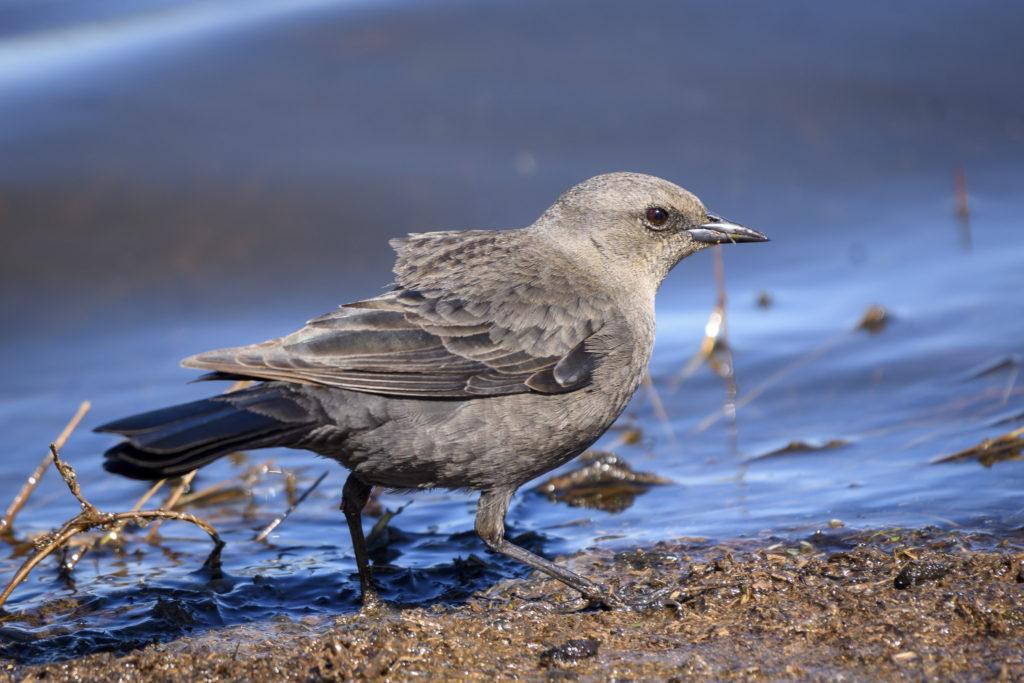
Elisha Tibatemwa `21, also located in Grinnell, has recorded around 16 species so far but said most of them are generic looking.
The College installed BirdXPeller to buildings on campus to deter nesting on campus, which, when combined with the decline in bird populations and the frigid weather, complicates local birdwatching.
Still, Tibatemwa hopes to record more species and is looking forward to the spring thaw for a better chance to view a variety of birds.
Tibatemwa’s goal is to spot an eagle – a bird that is not unusual in the Grinnell area. Meyers saw one at Arbor Lake in the fall and suspects the bird to be nesting somewhere nearby.
According to Tibatemwa, the biggest challenge so far has been to avoid looking creepy.
“We only really see birdfeeders which are usually outside people’s houses. It is quite hard to stop with our binoculars in front of some person’s house.”
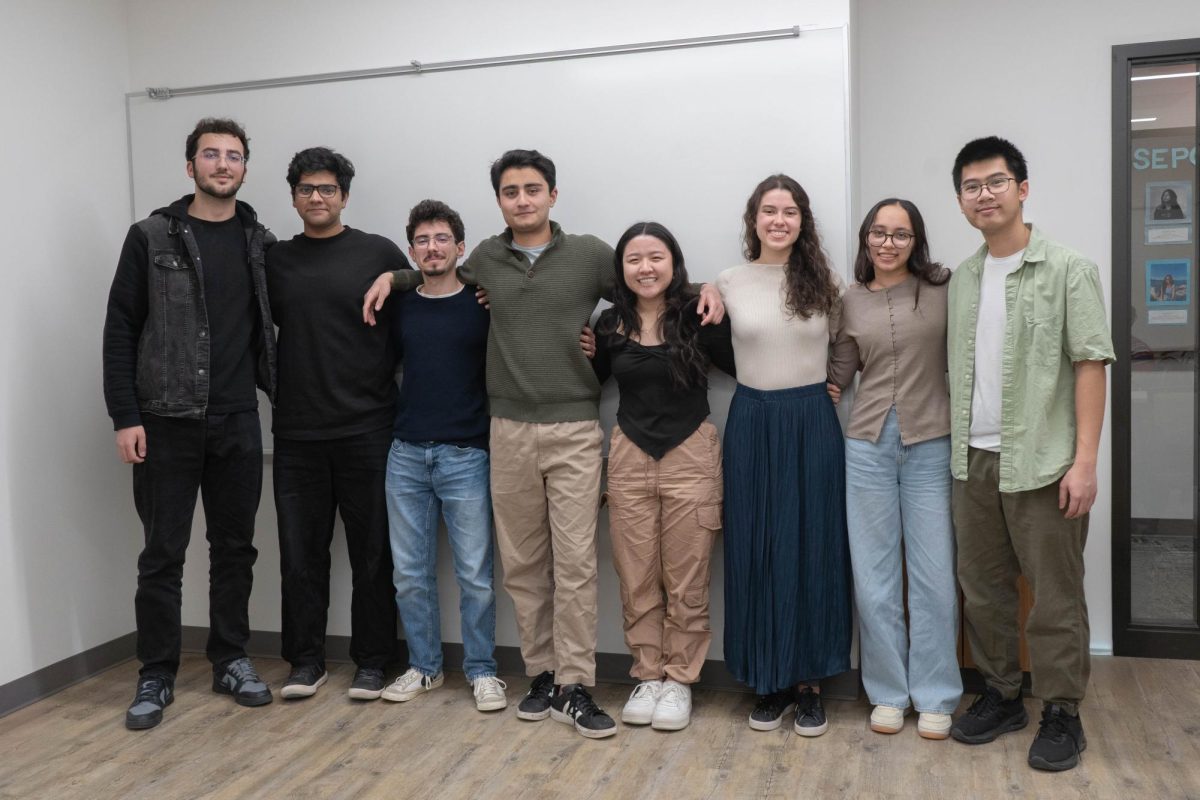
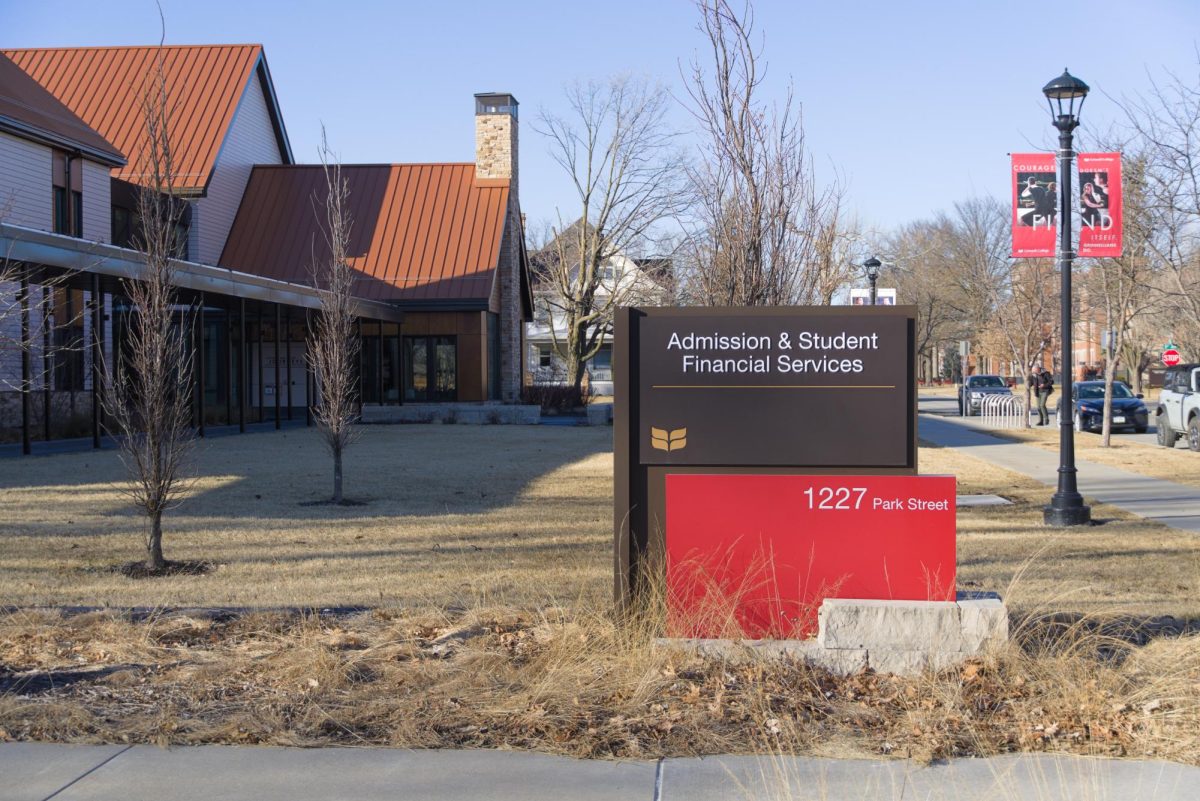




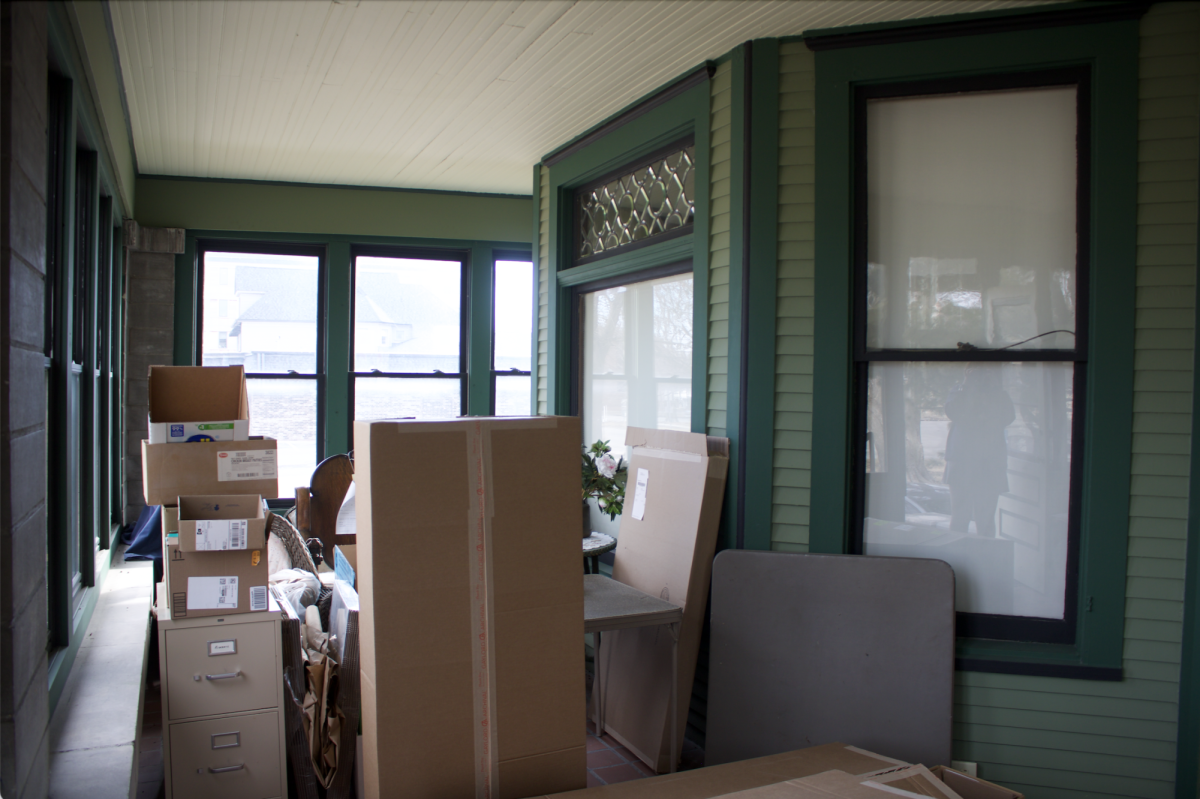
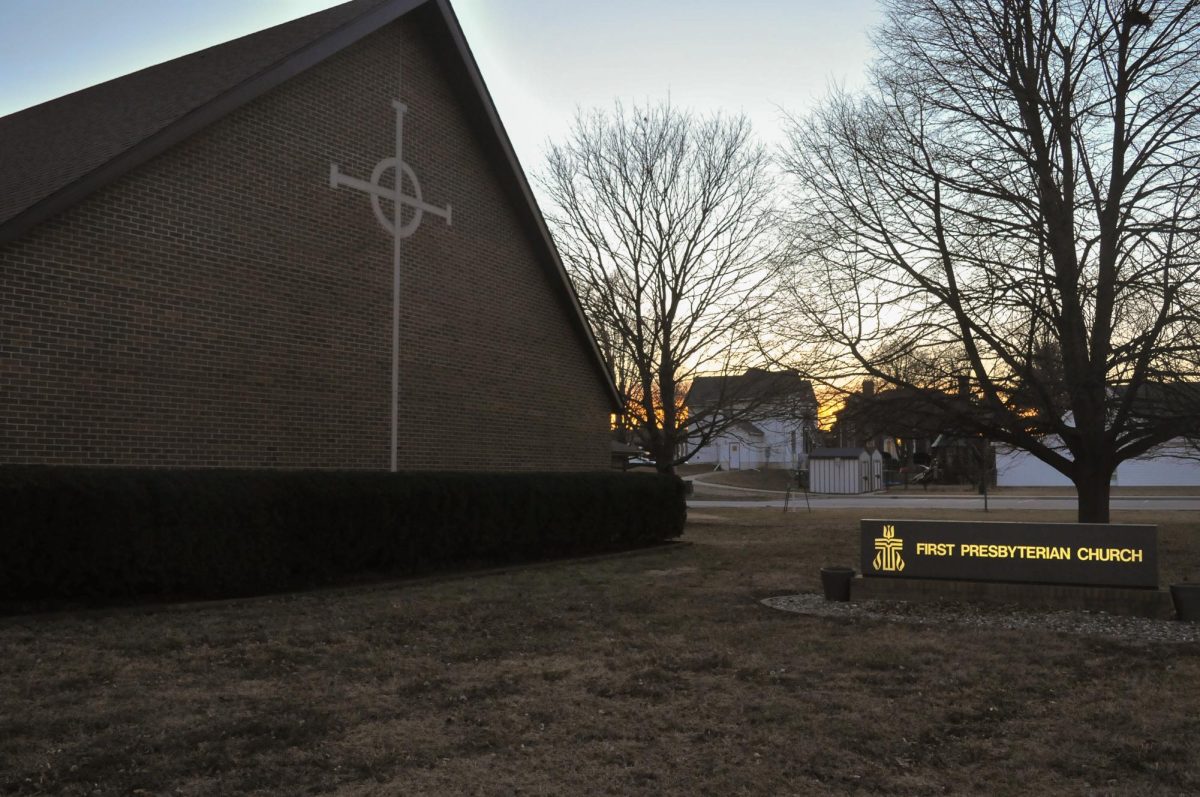
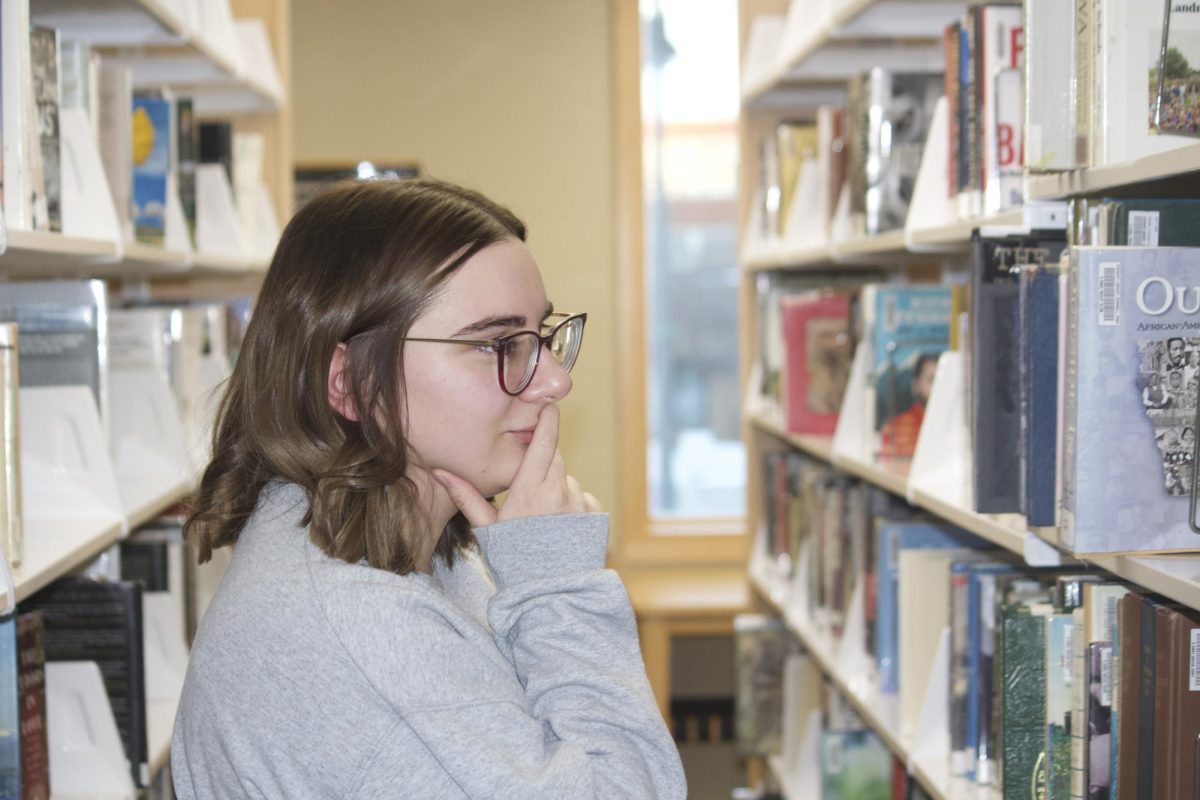

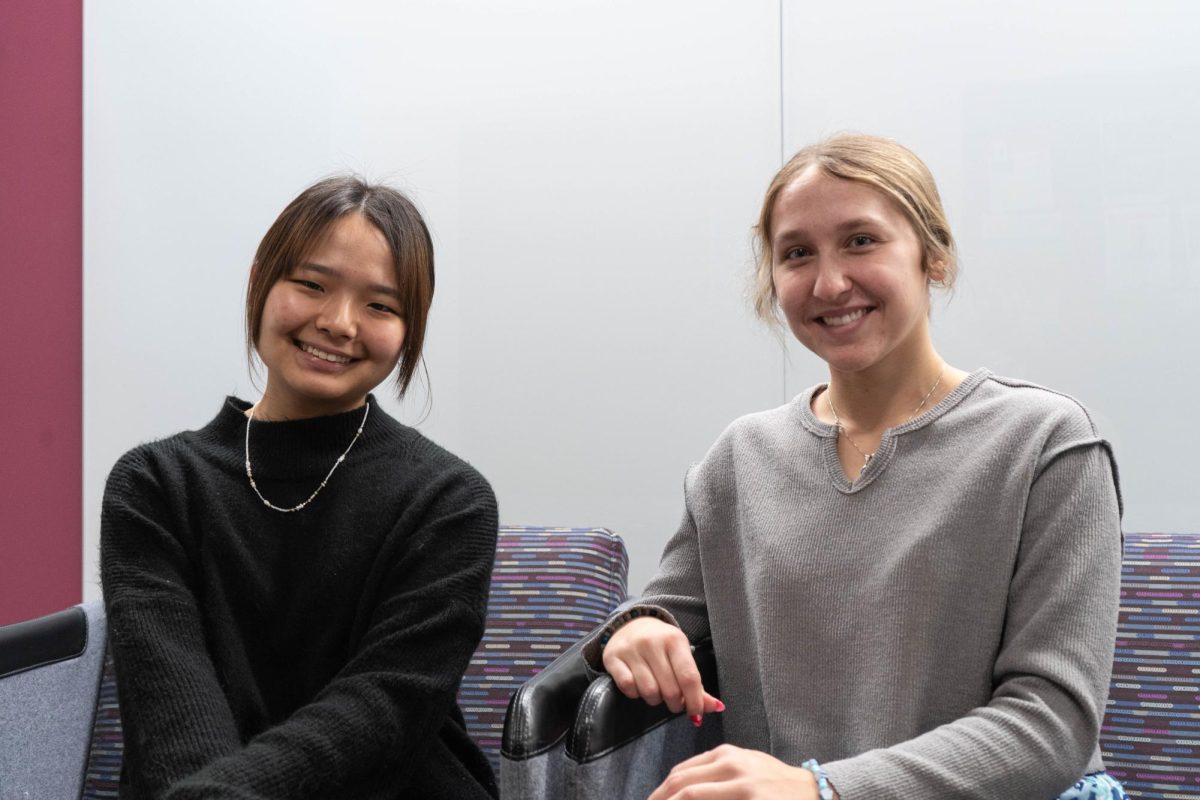

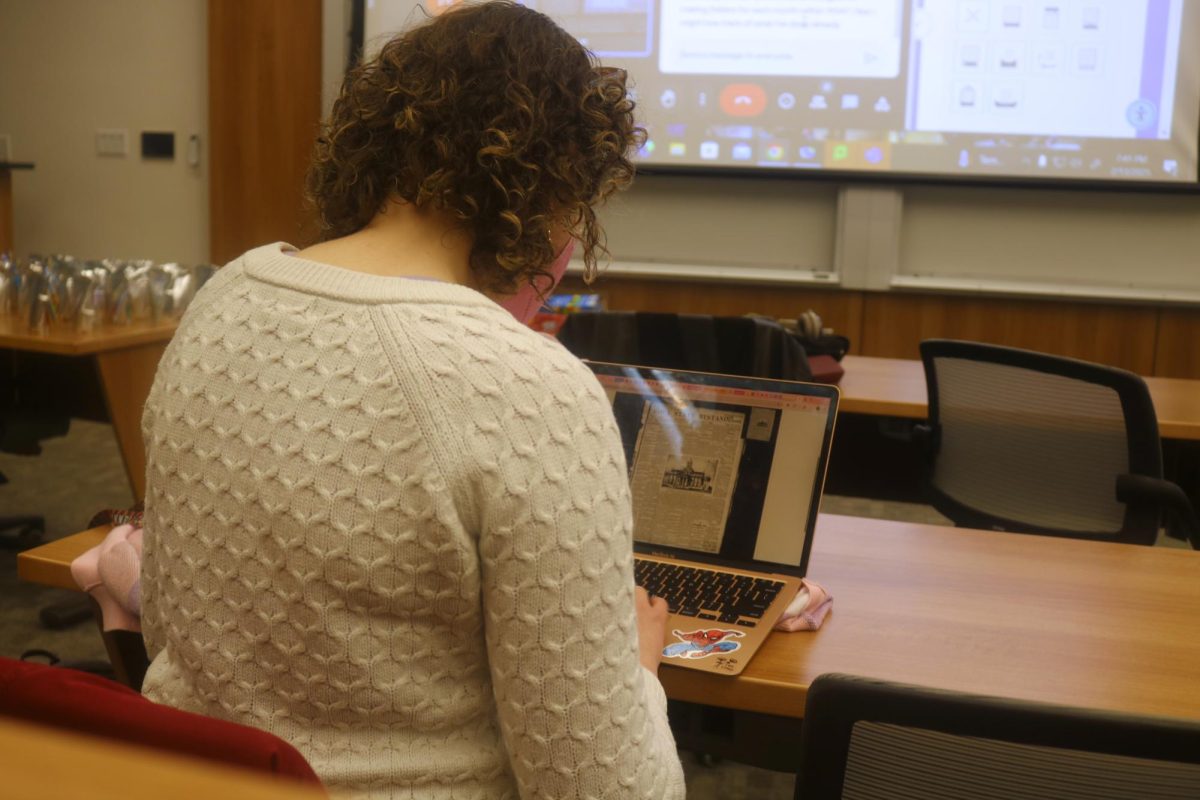
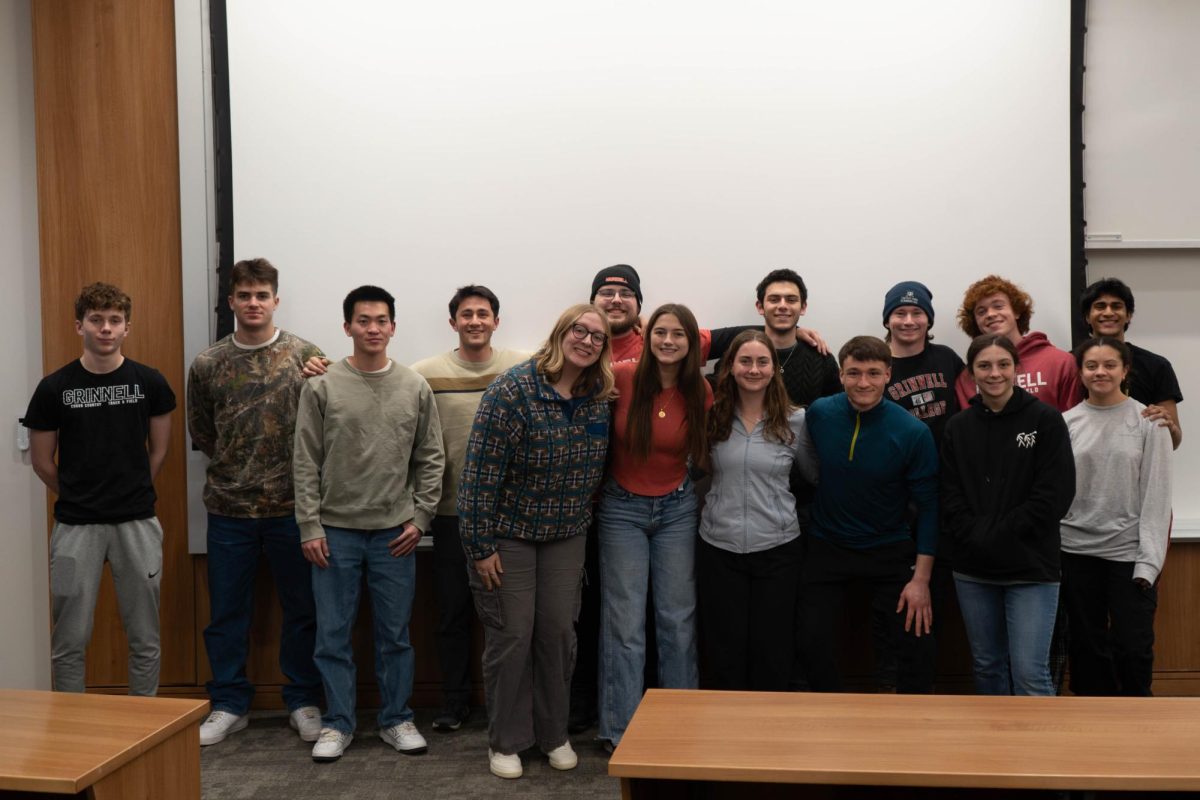
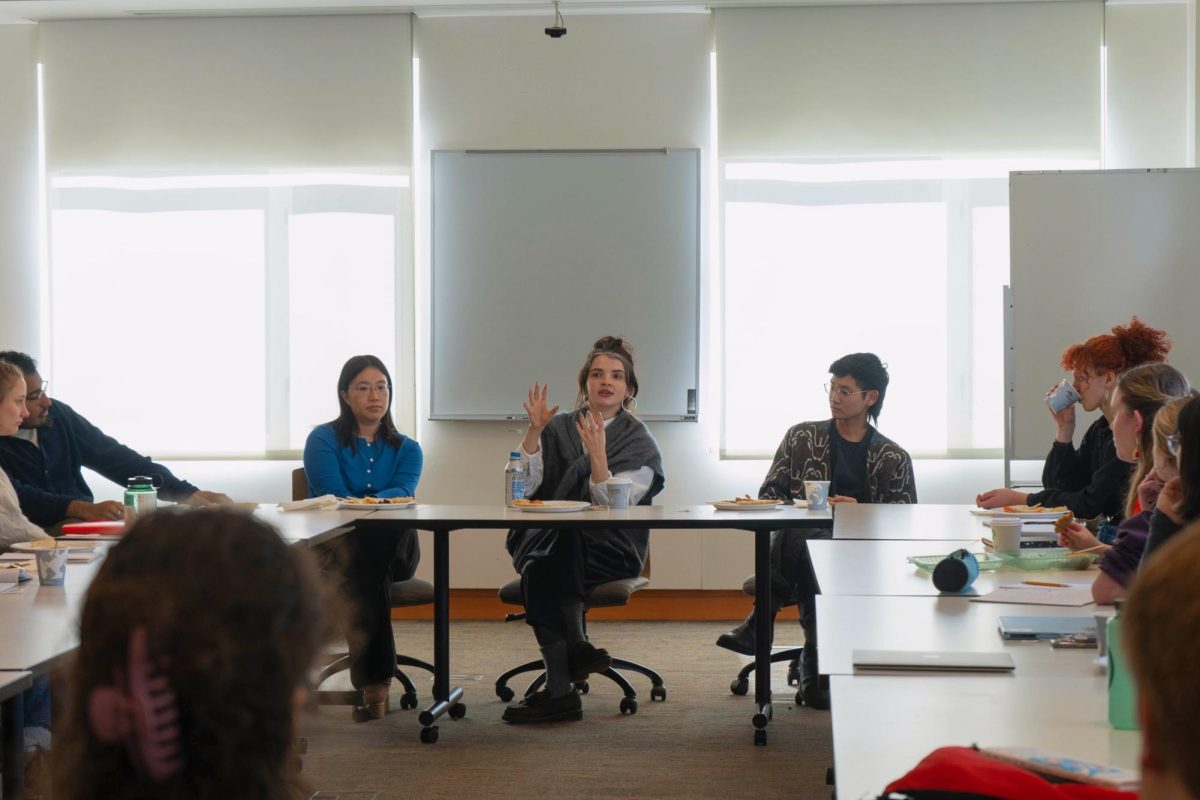



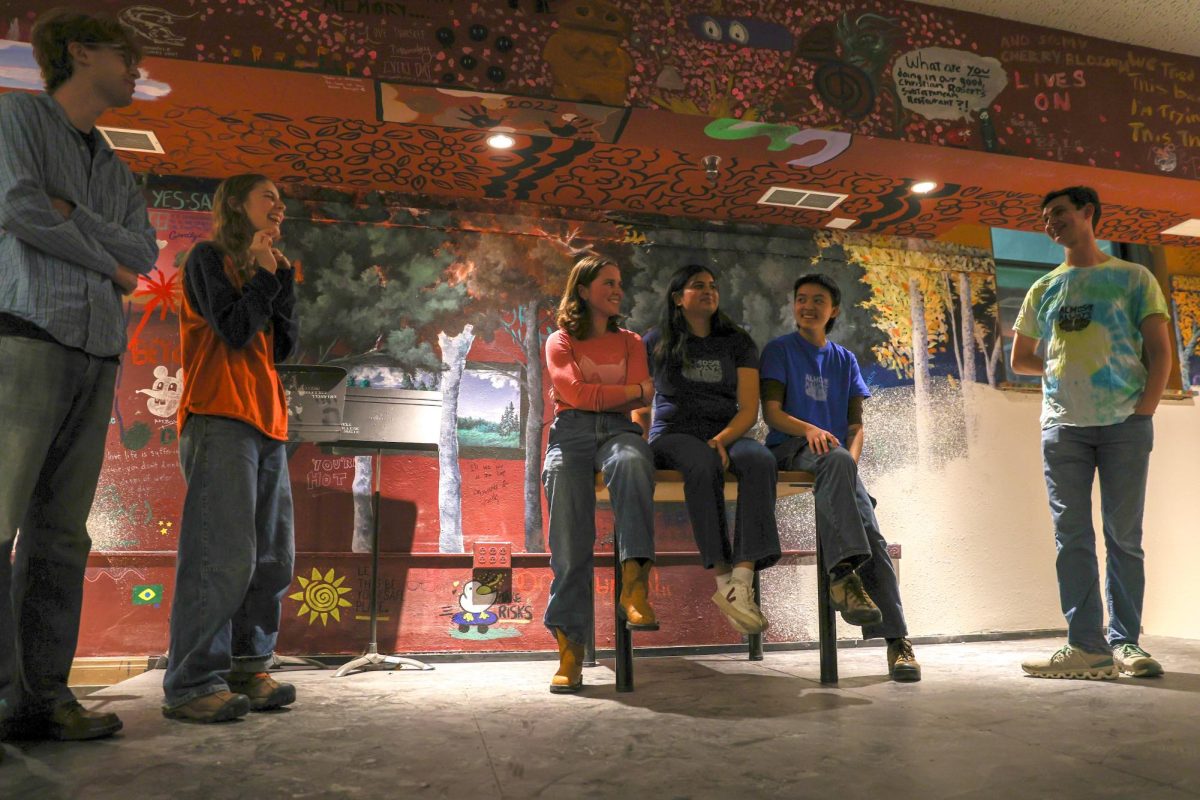
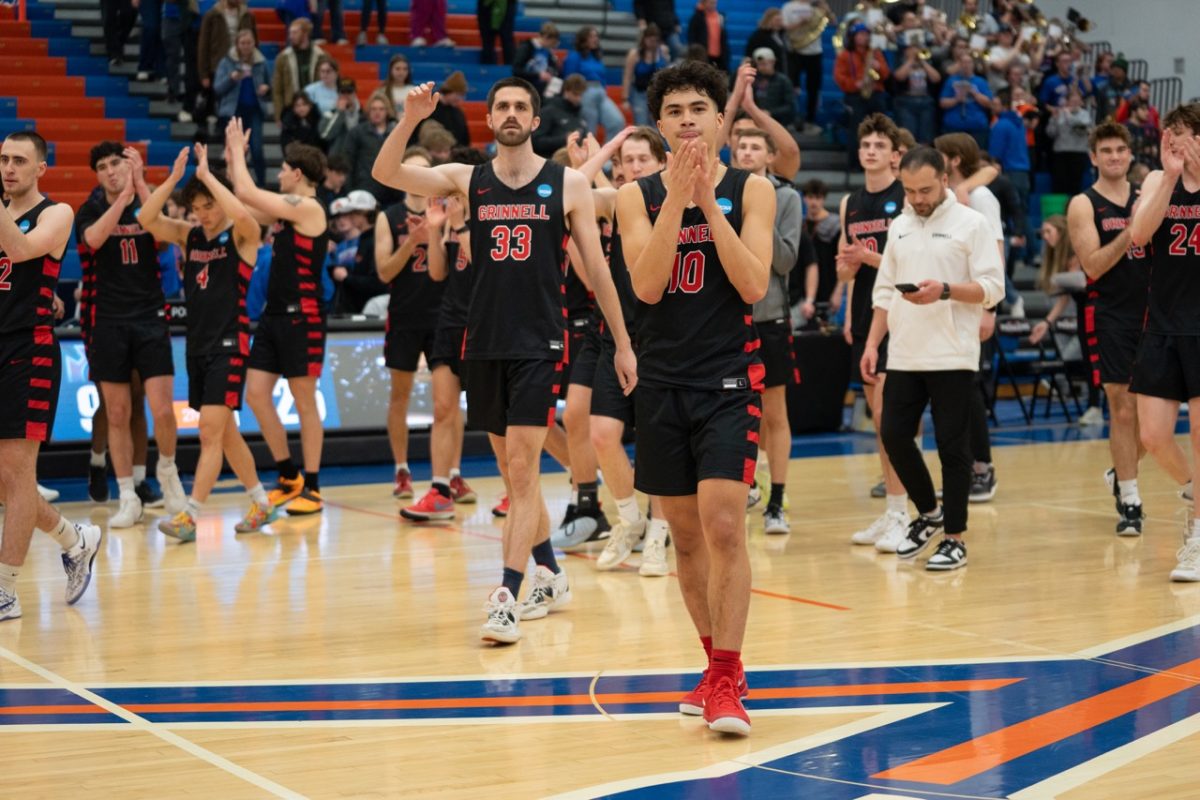

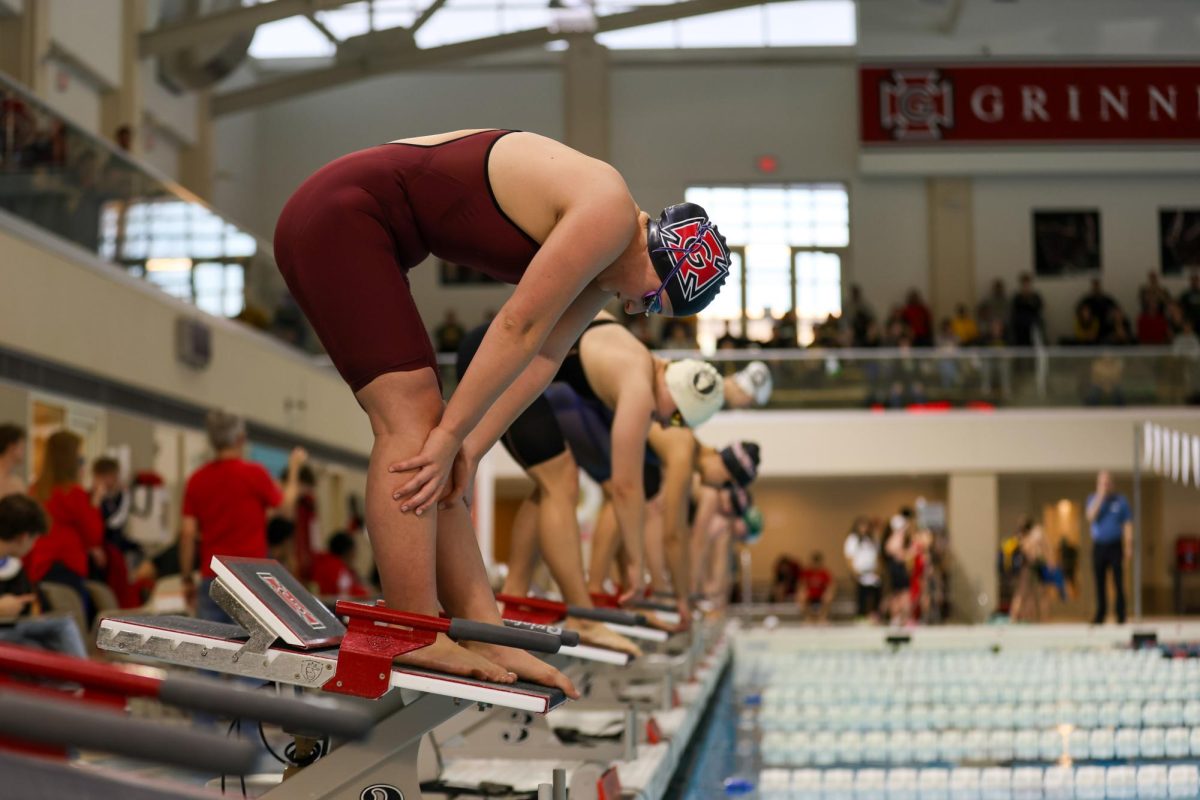
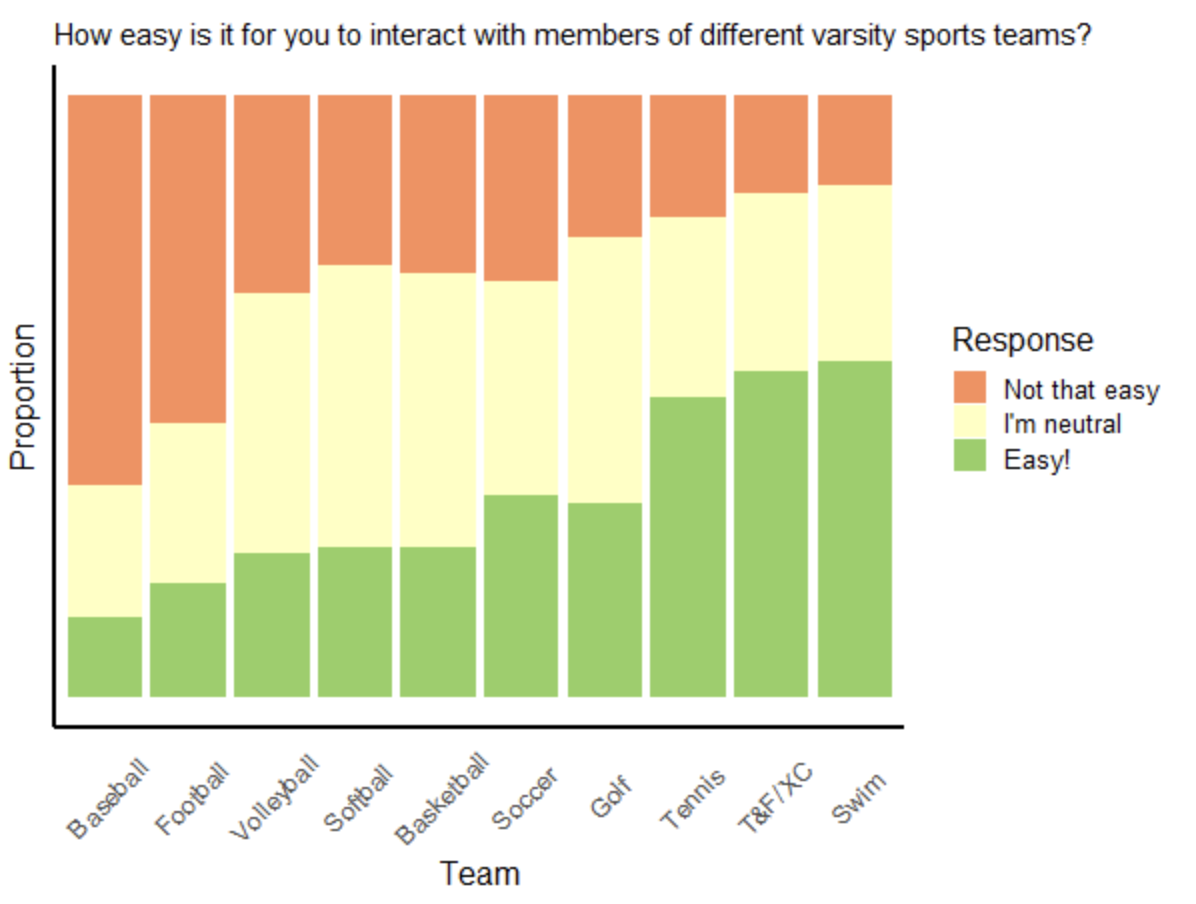

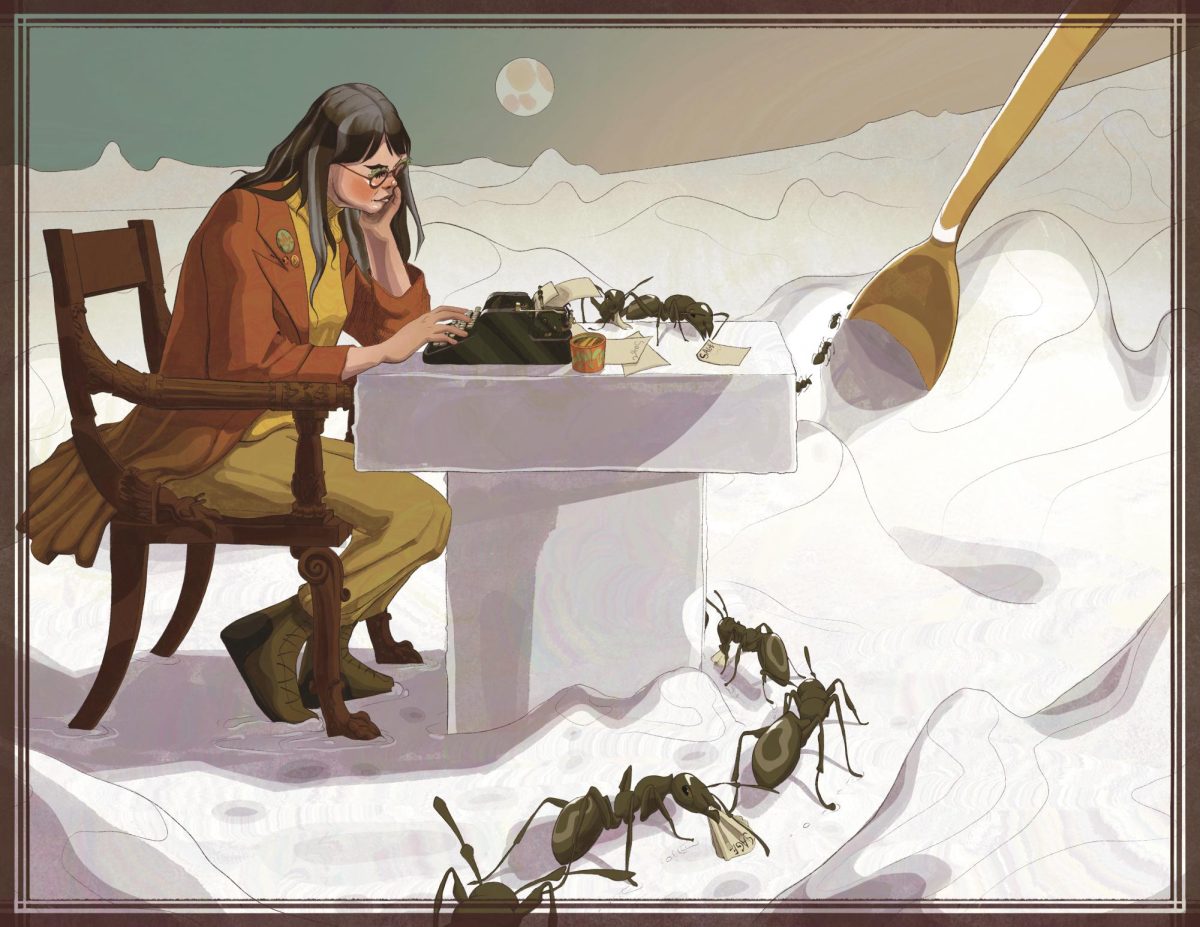
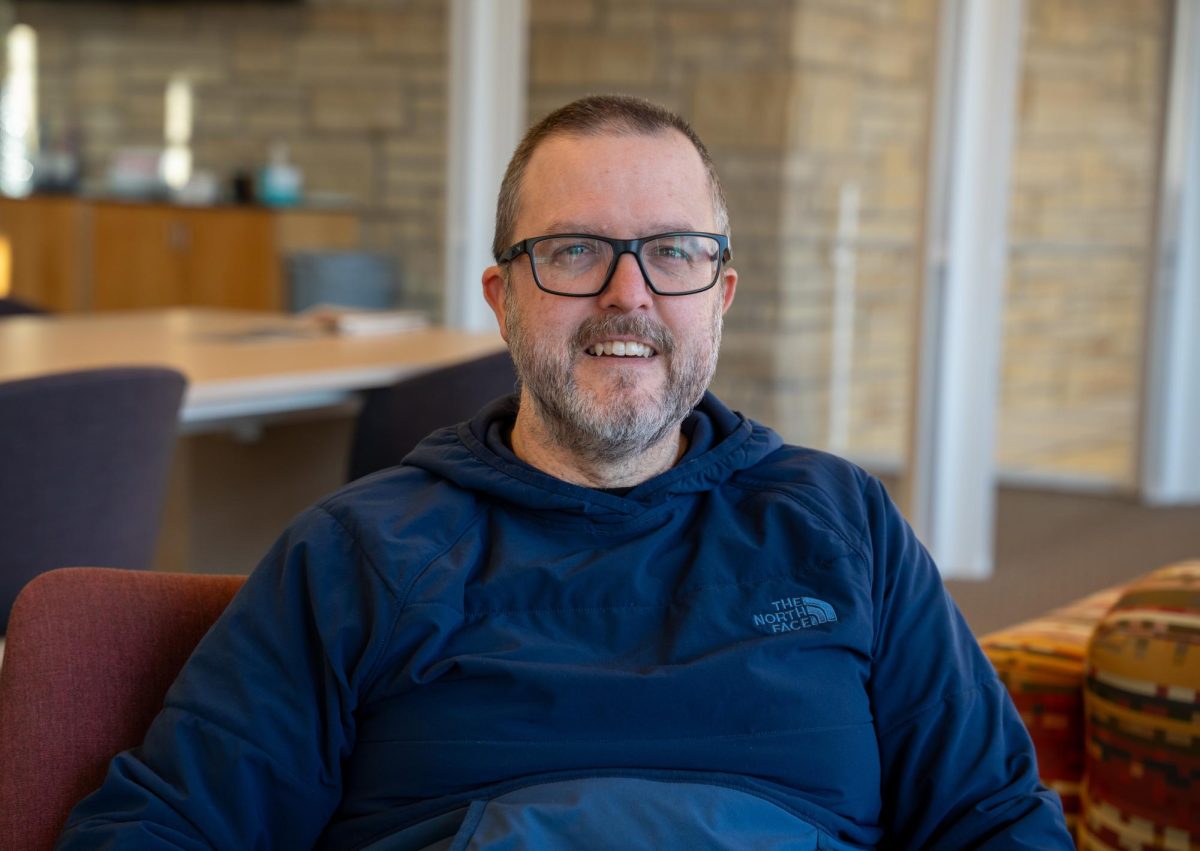
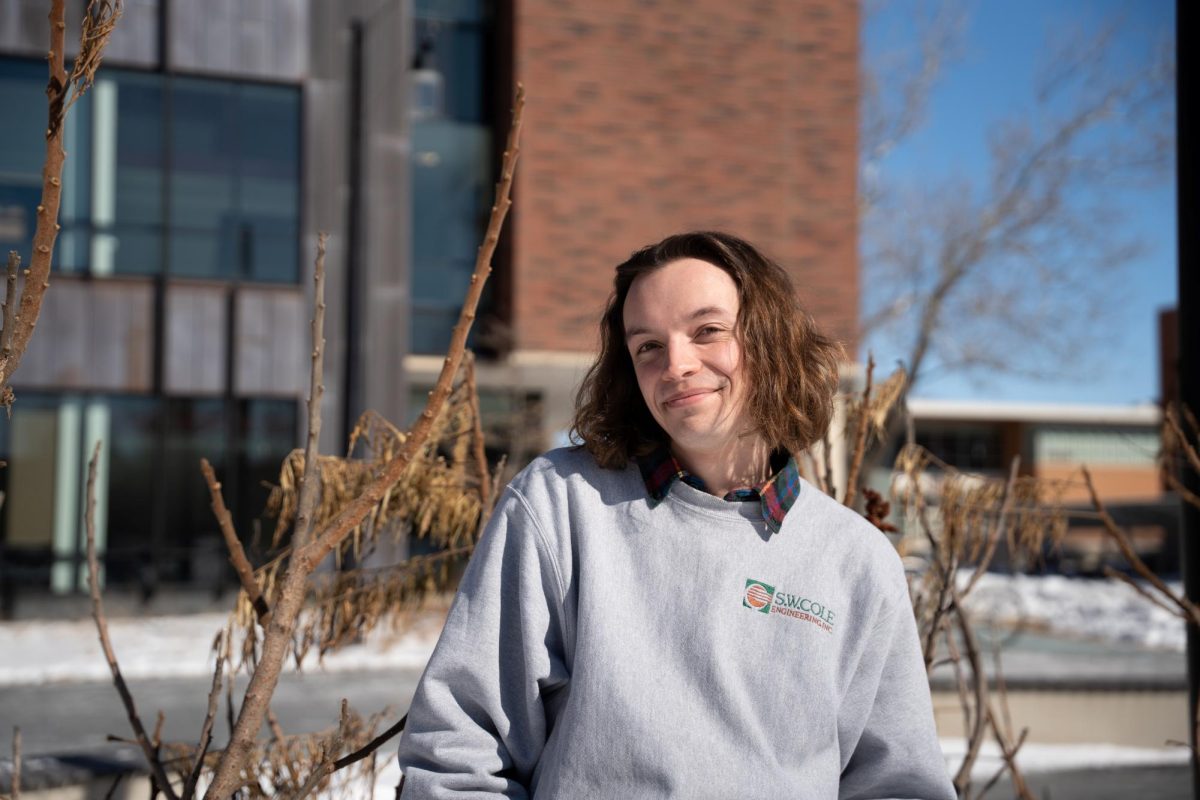

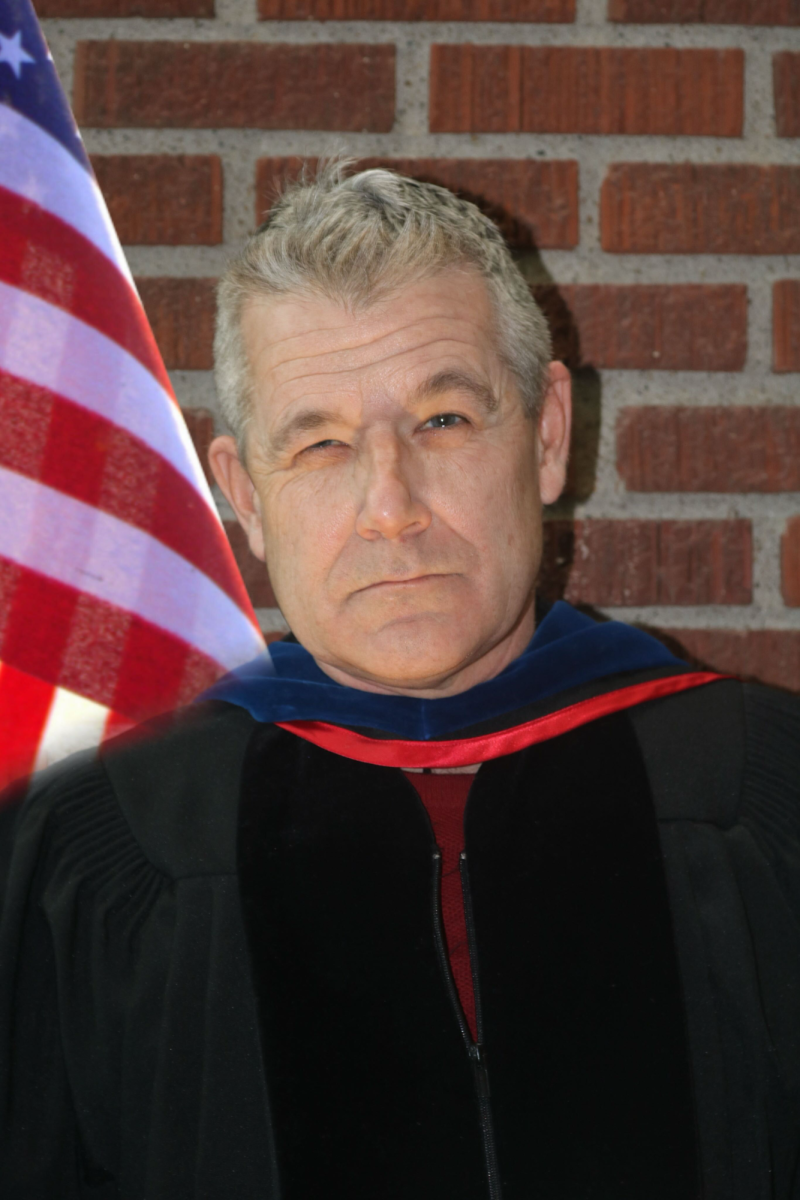



















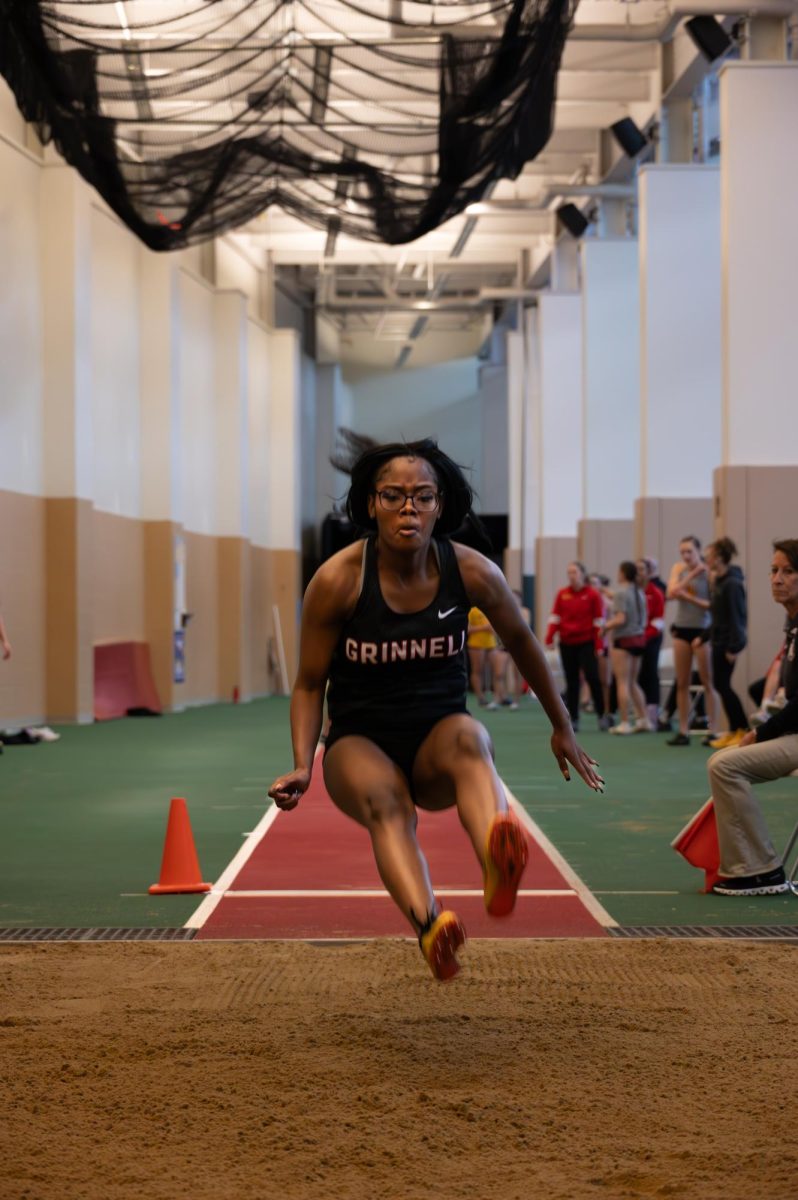


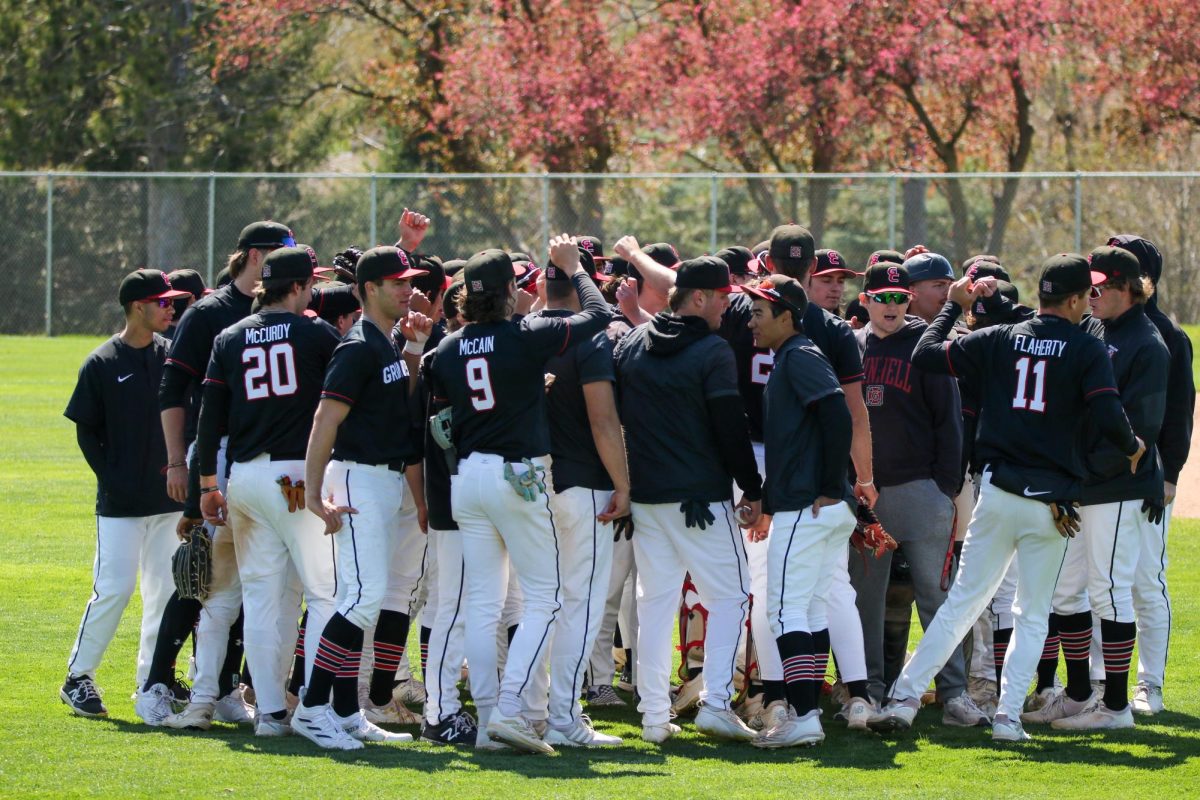







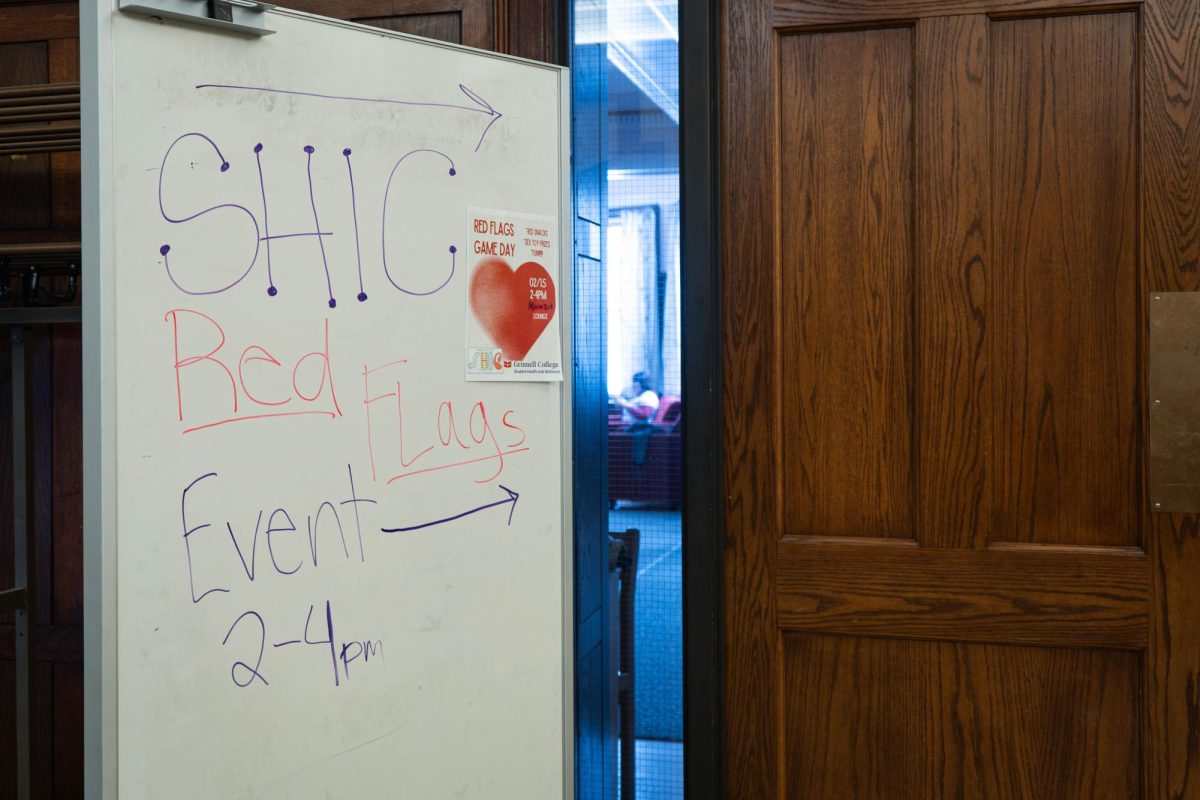
Greg Stempien • Feb 23, 2021 at 4:33 am
Why have they not also gone to Jacob Krumm wildlife area.